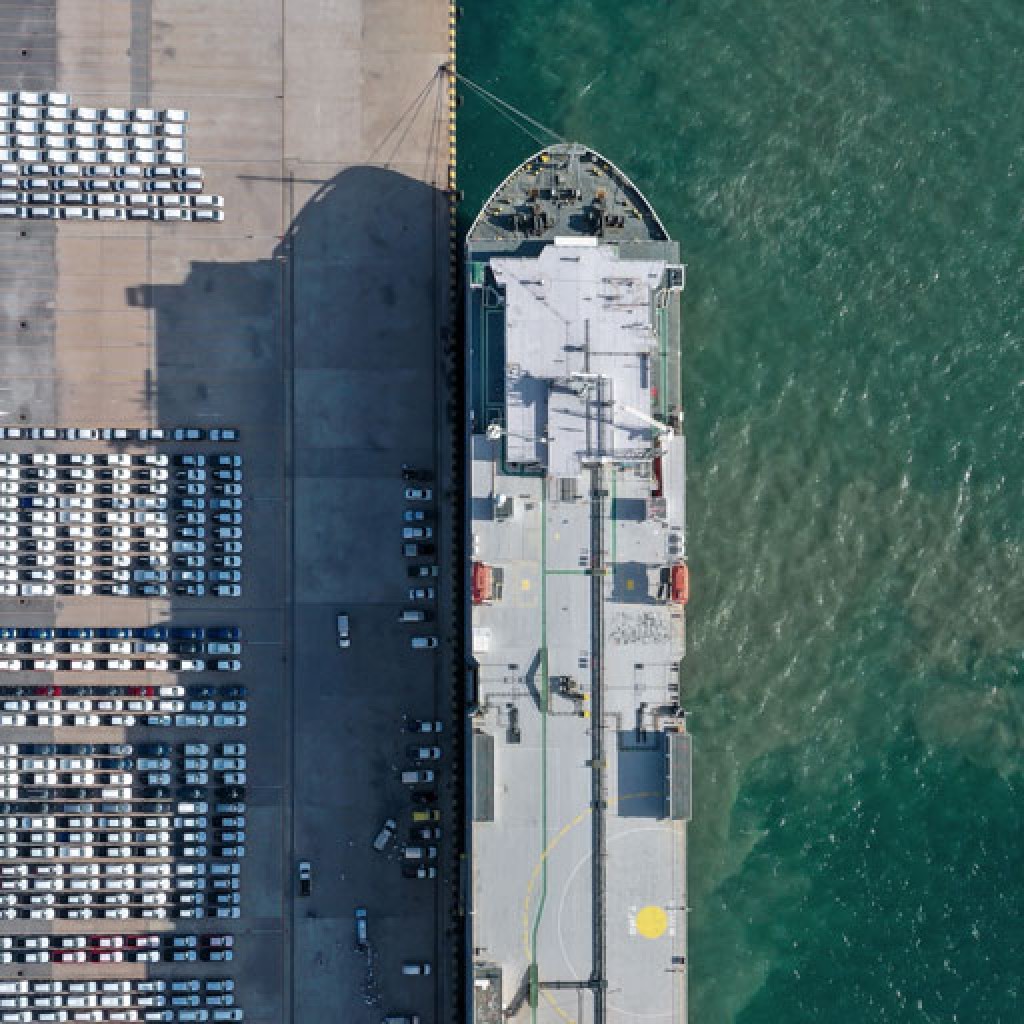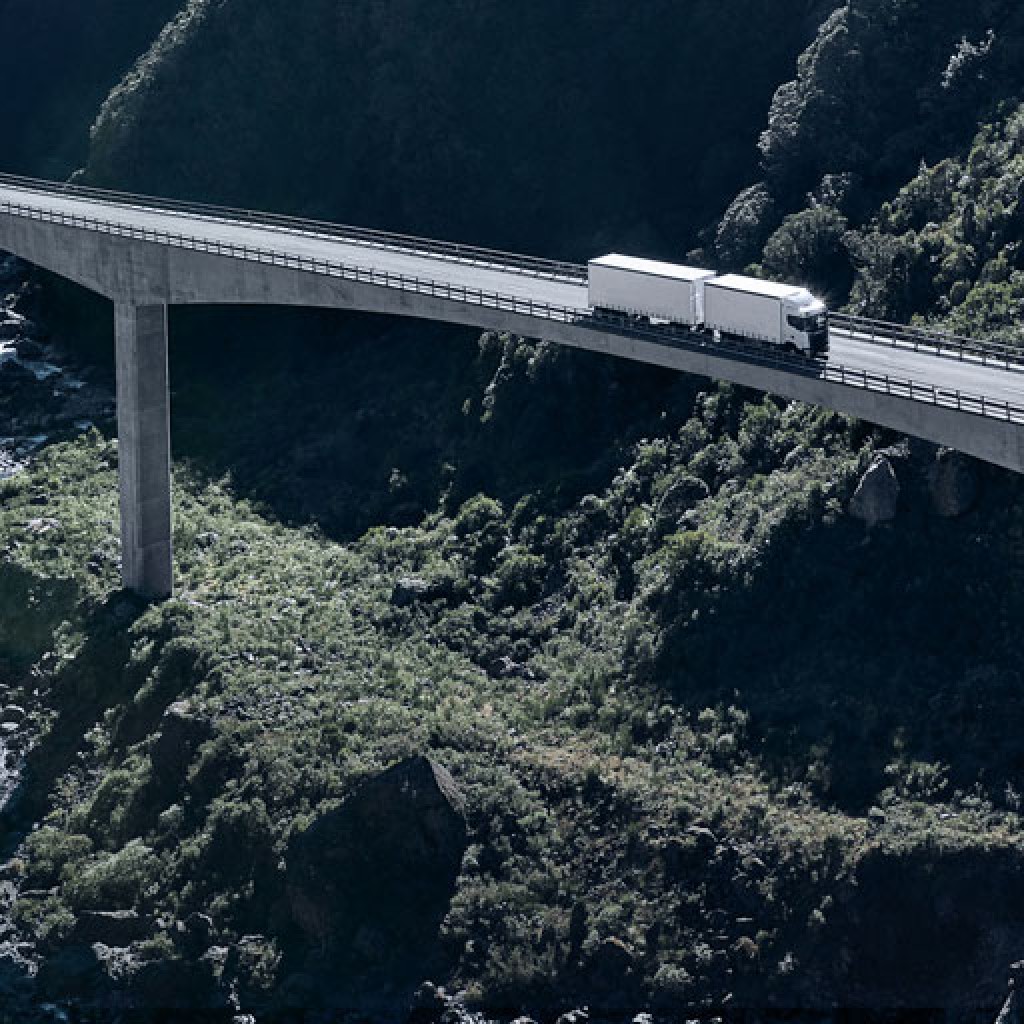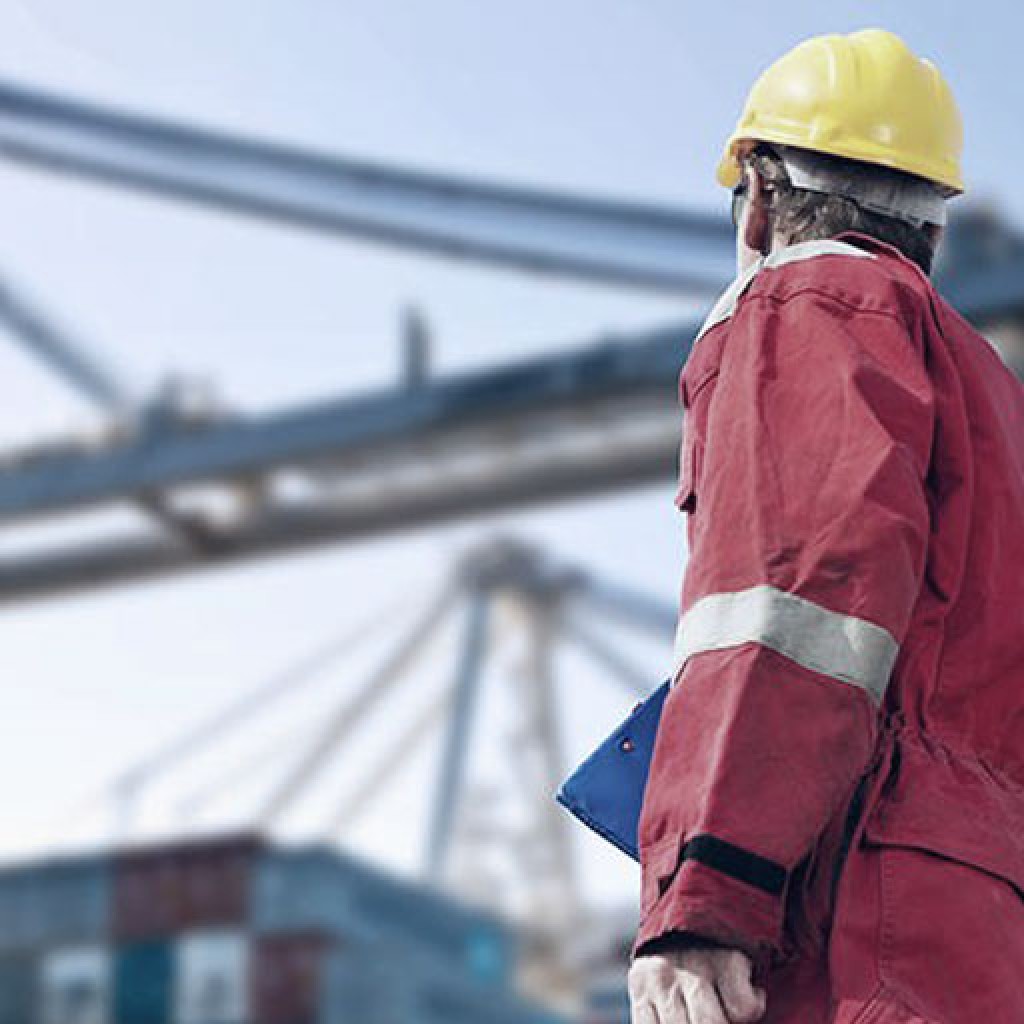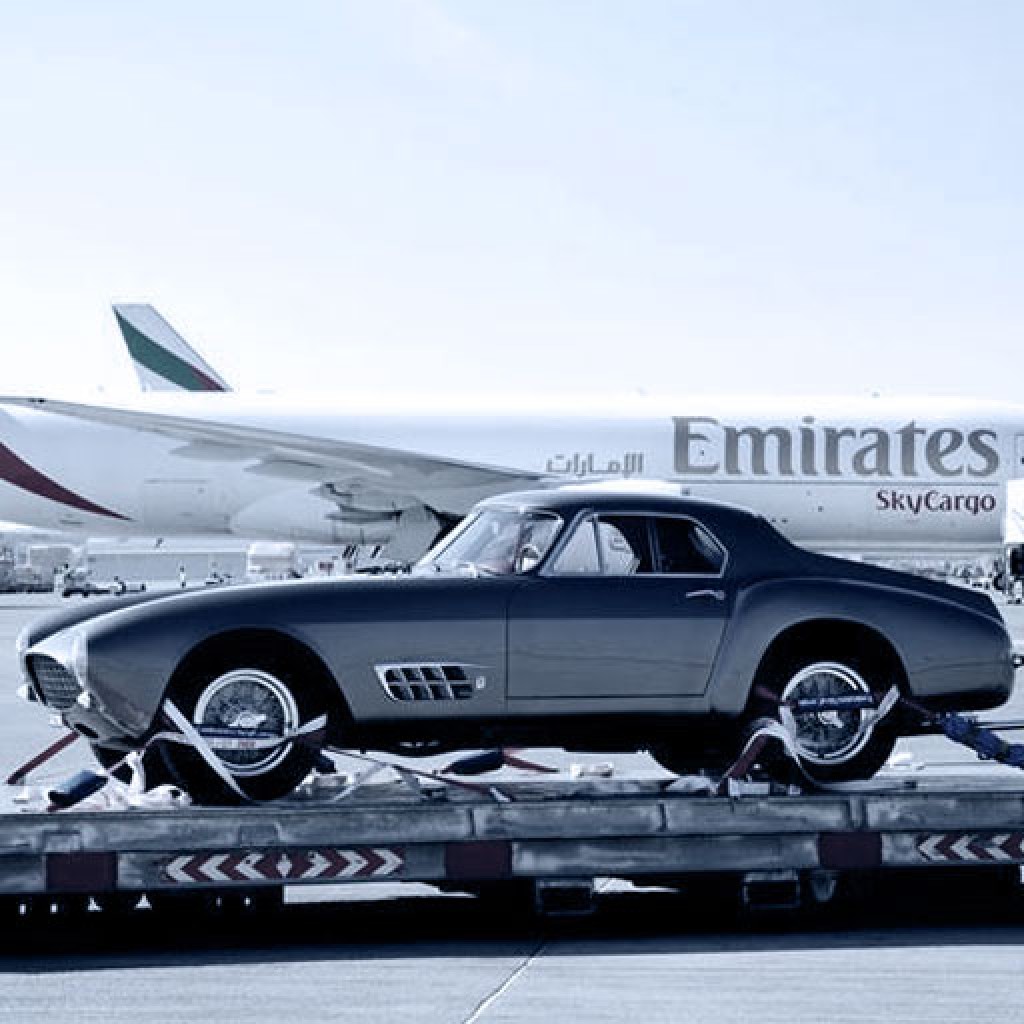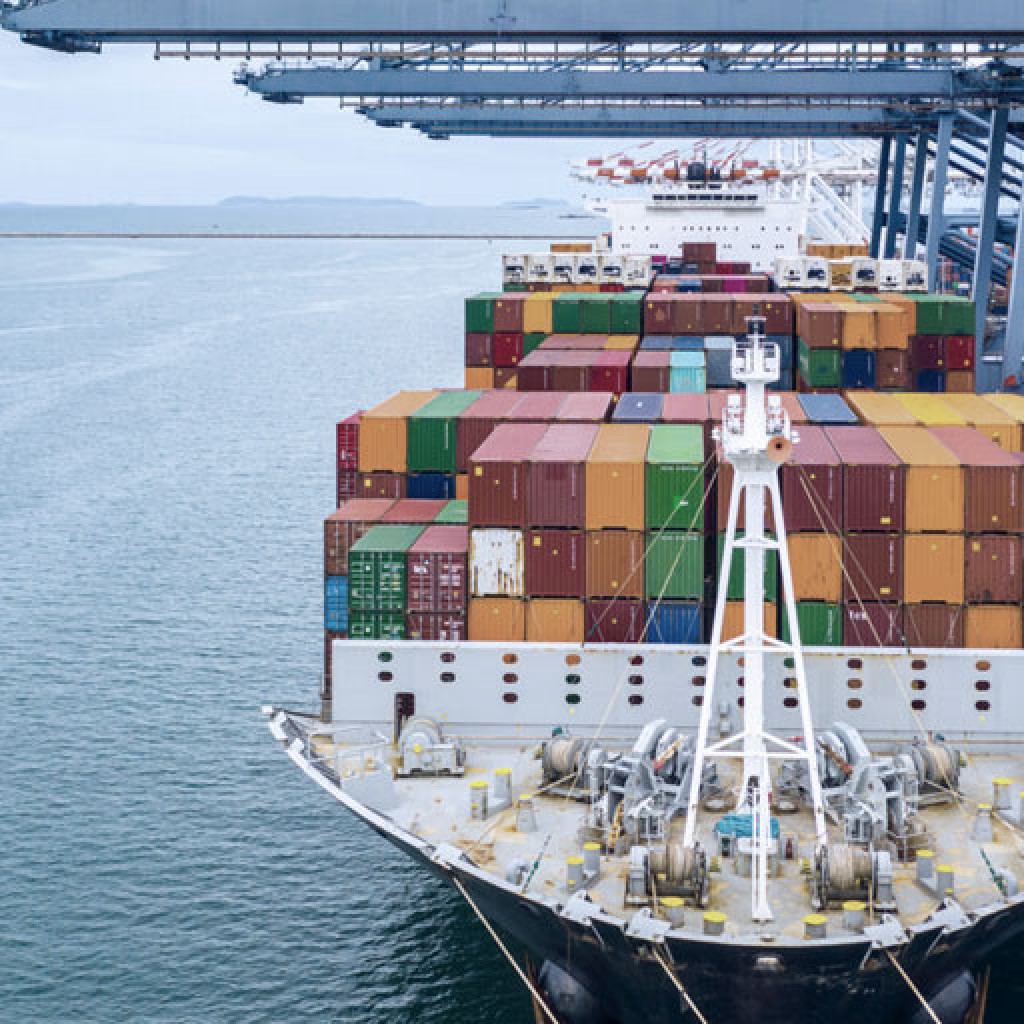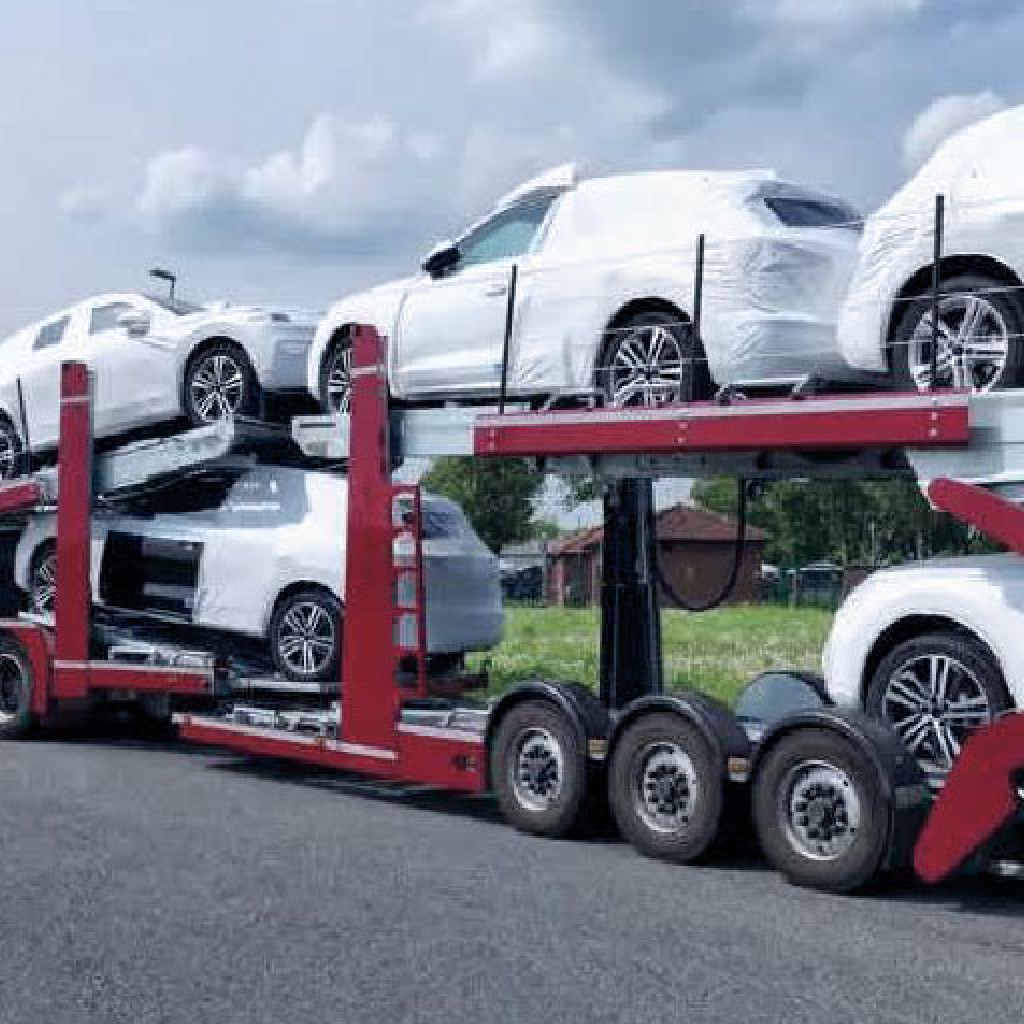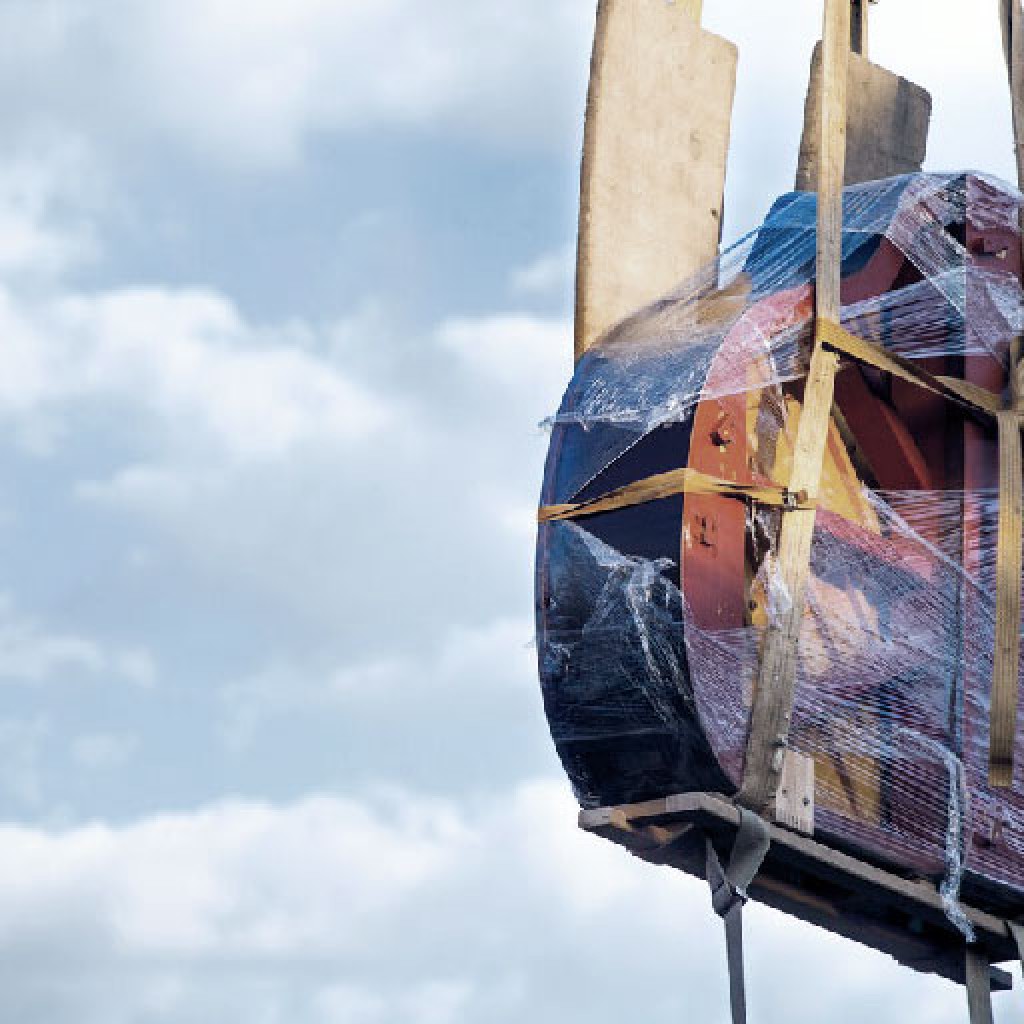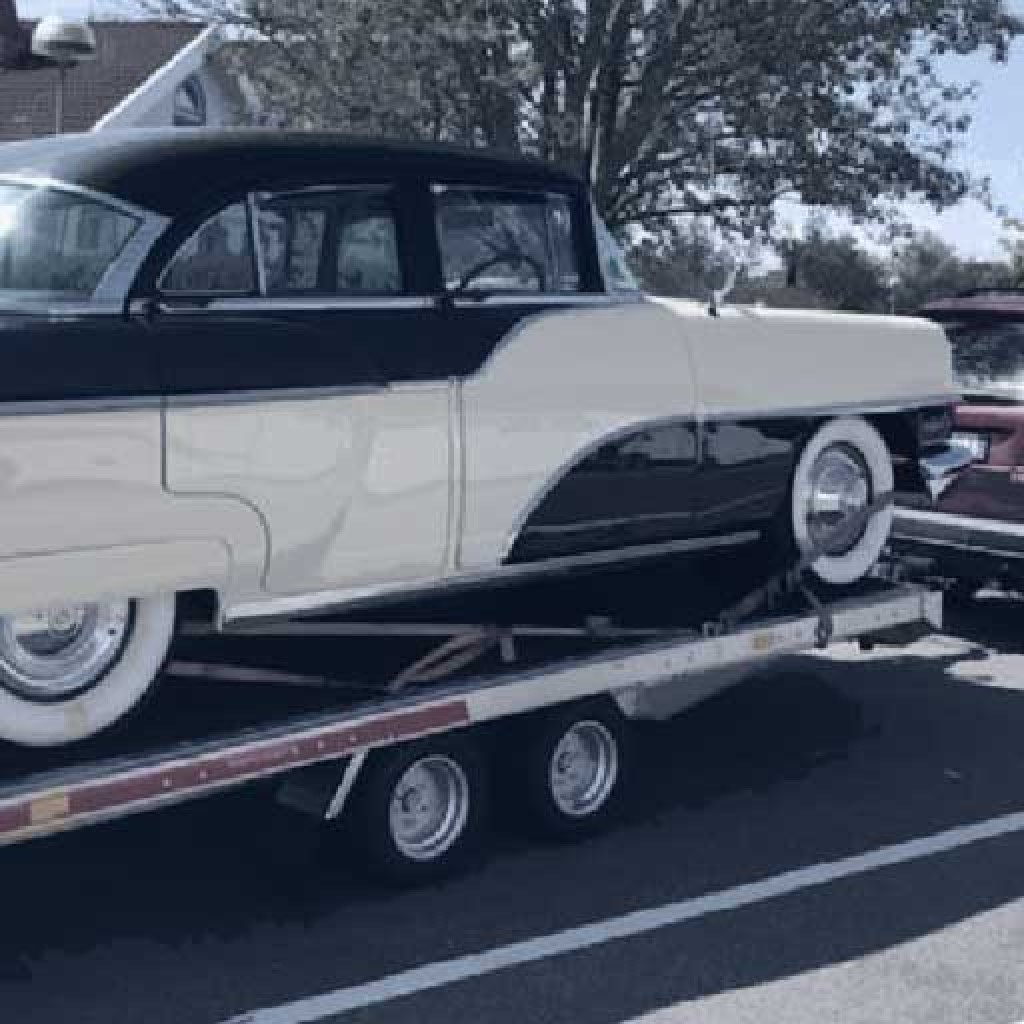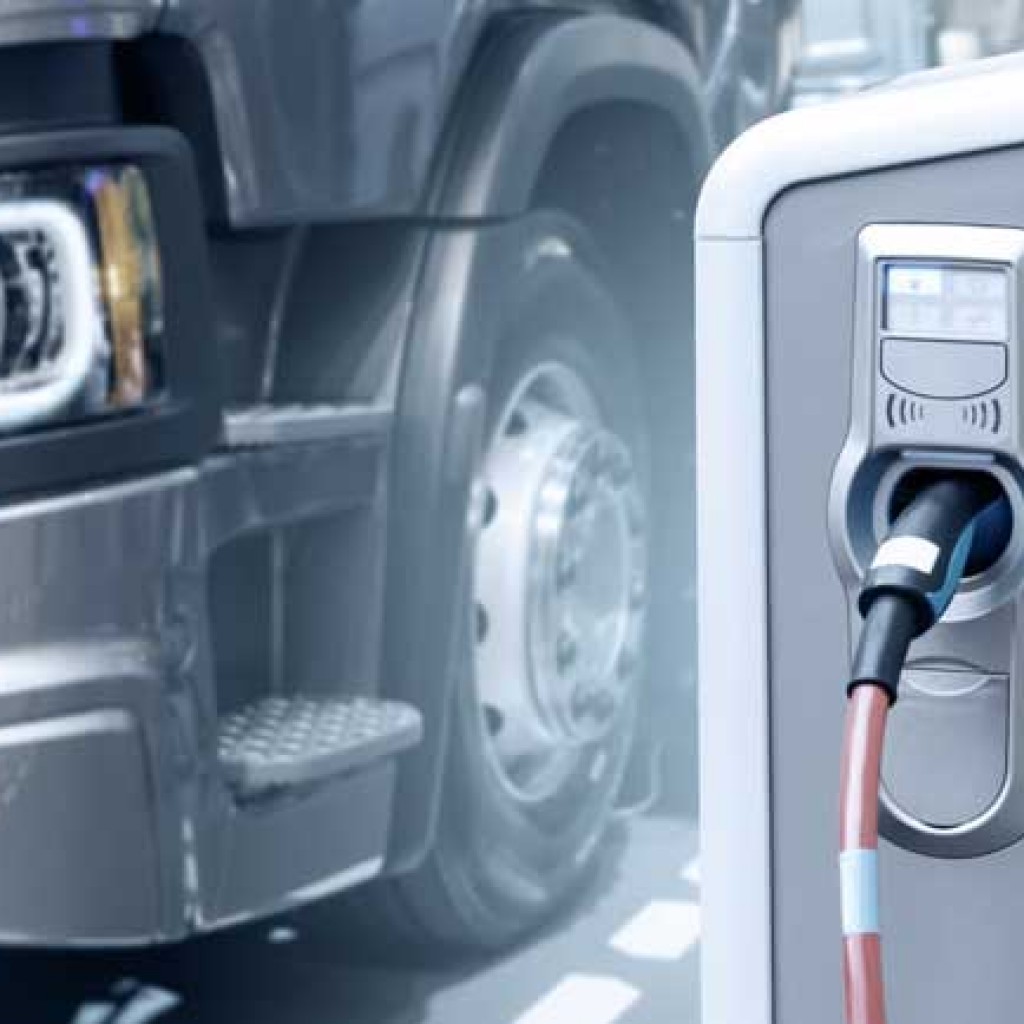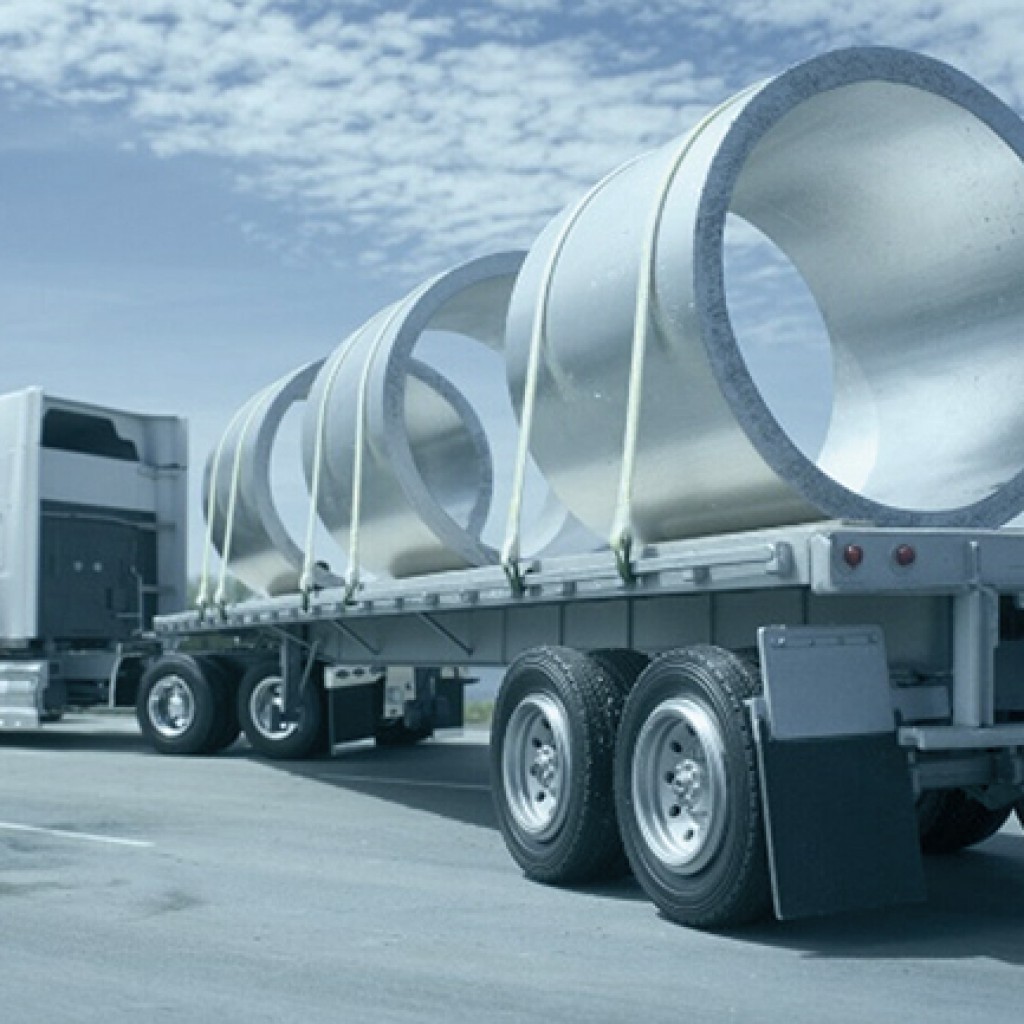Today, maritime transport is used for much of the commercial handling and, more in general, for large batches of goods.
There are more than 50.000 merchant ships worldwide, most of which are container ships, each capable of handling thousands of tons of goods. Maritime transport represents by far the most popular shipping method, especially thanks to the competitive cost and large load capacities.
Therefore, maritime transport seems the best choice to carry out shipments of particularly bulky goods or if you aim at a cost reduction, however, organizing everything well in advance.
SHIPPING BY SEA: MUCH MORE THAN JUST A SIMPLE TRANSPORT
Based on our experience, when it comes to transporting goods for long distances, the choice of the most suitable vehicle is essential to satisfy the customer's needs in terms of time, price and specificity of the goods.
When talking about maritime transport, otherwise known as naval transport, we generally refer to the set of people and vehicles specifically designed for the transport of goods by sea, with the use of the ship as a means of transport.
This type of transport stimulates and ensures the transfer of goods between geographical regions located on different continents. Furthermore, maritime transport makes it possible to move a greater number of goods, in volume, of any type at the same time.
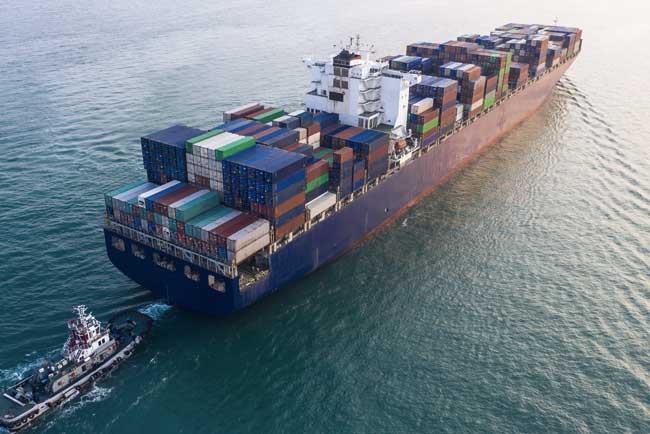
But that's not all, because it should also be highlighted that this type of transport can take place both in salt and freshwater, therefore, both through the sea and/or ocean and through lakes or rivers. For what concerns the means, you can use ships of different sizes and characteristics such as hydrofoils, hovercrafts, barges, pontoons and so on.
Man has always tried to make the most of the conformation of the earth. Our planet is, in fact, made up of two thirds of water and by means of ships it has been possible to exploit the possibility of covering the entire globe.
What are the main characteristics of maritime transport?
First, we must highlight the large load capacity. With a ship, in fact, it is possible to transport, qualitatively, large masses of goods and, quantitatively, a large number of containers. Just think, for example, of the giant ULCC oil tanker which has a total capacity of 500.000 TPM (tons of gross capacity).
Why choose maritime transport?
At national and EU level, the maritime transport of goods represents one of the strengths of the transport infrastructure. It is through the sea, in fact, that most of the goods are transported between different countries and continents.
The sea represents the most complex gateway to the world transport network, through which fuels, natural resources, chemicals, agricultural products and consumer goods flow.
In the last years, new technologies and the modernization of traffic have led to a great transformation of the ways in which the international trade of goods by sea is carried out, obtaining considerable advantages.
The main of these is represented by the reduction of transport times, thanks to an increase in the speed of ships and less waste of resources.
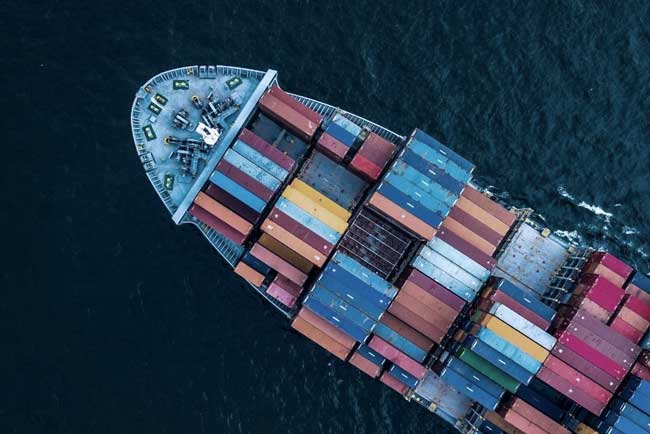
More and more innovative features and advanced technologies have also made it possible to significantly limit polluting emissions into the environment. So much so that, today, maritime transport represents the least impacting form of freight transport from an environmental point of view. In fact, by sea, polluting CO2 emissions are significantly reduced.
Transport by sea allows, in addition to saving about half the fuel, compared to road costs, also reducing the wear and tear of the vehicles used. By embarking the vehicles, traffic and long road queues are avoided, significantly reducing transit times and costs.
In conclusion, the advantages of sea transport, in particular with the use of new technologies, result in a lower environmental impact, punctuality, cost savings and resource optimization.
The automotive sector travels by sea
In the EU context, the Ro-Ro mode of transport has been quite relevant for decades. With this acronym we speak of ships designed to carry loads on wheels such as cars, trucks or railway wagons.
RO-RO ships have slides that allow cars to get on (roll on) or get off (roll off) from the boat when they arrive in port.
Already in 2019, this type of transport reached the quota of 110 million tons, 22% of the total, and is strongly growing. From the analysis of the volumes handled by European ports, it emerged that the main ports specialized in this type of traffic are in Northern Europe.
Only four of them are on the Mediterranean Sea and among them there is Livorno, which is the main Italian port, occupying the 10th position in Europe.
The latest 2019 Annual Report on Maritime Transport and Logistics presented by SRM, contains an in-depth analysis on maritime transport focused on the Automotive sector and on ships specialized in this type of transport, the so-called Car-Carriers.
It must be said that the world automotive construction industry is expanding, with growth forecasts in the medium term, at an average annual rate of between 2.9% and 3.4%. This development of the automotive industry has a significant importance in commercial exchange (export-import) and shows logistical repercussions on maritime transport.
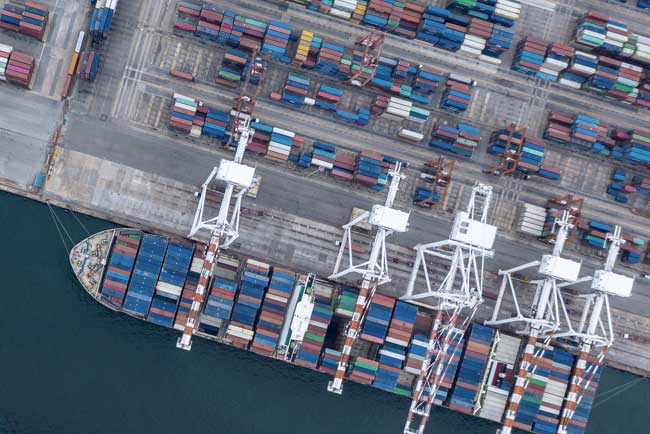
In the world, in fact, finished vehicles sold in 2018 amounted to over 96 million with a slight decrease (-0,5%) on 2017 when they reached 96,8 million units between domestic sales and exported vehicles. Overall, the vehicles exported amounted to 31,2 million.
On a global level, the sea route is the mode of transport mainly used in exports.
The development of maritime transport of finished vehicles follows the market trend and therefore the economic one. Trade growth continues to be supported by strong sales in mature markets, but emerging markets have shown the most momentum in demand in recent years.
The latter have unused capacities, which allow them to accelerate domestic production rapidly, which, in the short term, compromises the growth of trade.
In the long term, however, vehicle trade is expected to continue to increase, but the change from the past is in the reduction in shipping distances as a result of the new production locations.
It is important to underline that the positive forecasts relating to the growth of the vehicle trade are based on the consideration that, with the increase in purchasing power in emerging markets, consumers will be faced with increased choice possibilities that will inevitably translate into more opportunities.
THE CONTAINER AND LOADING METHODS IN MARITIME TRANSPORT
Have you ever wondered why if you choose a car at a dealership, which exhibits the latest model in plain sight, and would like to dispose of it immediately, instead, you have to wait more than two months for delivery at least? Or when you buy a product, on the web, is it sent directly to your home but after 20/30 days from purchase?
The waiting time depends, in large part, on the distance that the good will have to travel, stored inside a container, to your home or the nearest dealer, according to the cases just described.
Although it is considered one of the most useful and most important inventions of logistics processes, too little or even nothing is known about the “container”.
They constitute one of the greatest revolutions of modern society first and then contemporary. They are considered the basis of the distribution, trade, import export and globalization processes of the recent decades.
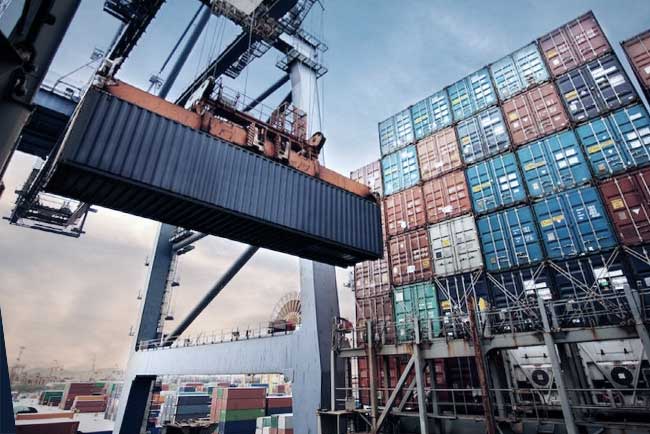
Currently, for example, approximately 95% of the cargo handled daily by the world merchant fleet is carried by maritime containers.
So, we can say that almost all imports and exports worldwide are entrusted to containers. These are large metal boxes, which have the characteristic of ensuring an independent load unit.
It is important to underline, however, that the container is used not only for maritime transport, but also in river terminals and in land transport, including rail. And that, not all containers are standardized to the dimensions established by the English model. Because there are different types, each with its specific characteristics and based on the type of load to be transported.
What are maritime containers?
Maritime containers are robust structures that store goods to be transported anywhere in the world on large ships. They are steel structures that meet the standards set by maritime transport laws. There are different types of containers so that any type of cargo can be stored.
The different types of containers used in most merchant ships can carry anything from low value-added products to valuable cargoes.
And, since safety is one of the prerogatives of this type of transport, in order to transport the load in the most stable way possible, the containers are equipped with internal clips in which the stabilization straps are positioned, in order to ensure a perfect anchorage.
The size of the containers is standardized. The unit of measurement corresponds to the 20-container, which is equivalent to 20 feet, in English Twenty-Foot Equivalent Unit (TEU).
The two most popular standard lengths are 20 and 40 feet (610 and 1220 cm). The classic container has solid side surfaces and a rear closure with two easily sealable doors.
For particular uses, such as the transport of liquids or food products, refrigerated containers, tanks, open tops (with opening roof) and containers with opening side walls are used.
The container is one of the safest ways to transport goods. In addition to reducing logistical costs, they are built with materials that allow transport in total safety and inviolability.
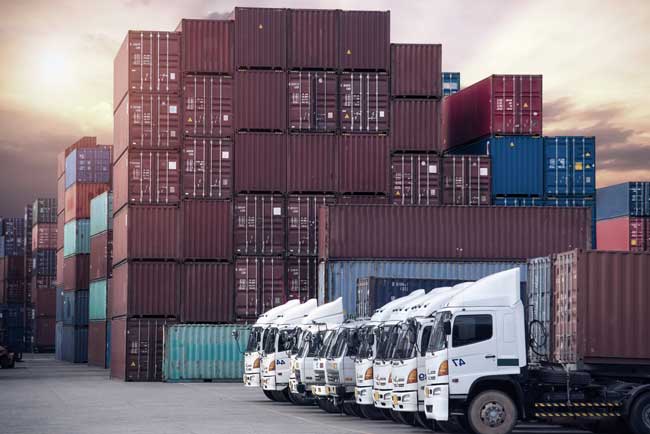
It is important, however, to rely on specialized companies.
It is also appropriate to consider that maritime shipments do not consist exclusively of the simple transfer of cargo containers from one place to another, but must be subject to specific customs, legal, commercial and insurance aspects, which are not always easy to understand. especially if we are forwarding in the context of intercontinental shipments.
Shipping by sea. Full or groupage loading
In maritime transports, the goods are packed according to their nature, shape and size, and the forwarder books the container or the space necessary for transport.
The goods are moved to the port and pass through the customs of the point of origin. After customs, the goods are loaded into containers.
Once they reached their destination, the goods pass through customs again, are rearranged by the forwarder's agent and, upon payment of duties and taxes, are released for delivery.
Thus, the goods are ready to be delivered to the recipients.
Maritime transport involves the movement of goods mainly in two ways:
- full containers (FCL, Full Container Load)
- groupage shipments (LCL, Less Container Load)
It is also possible to add transhipment services, and possibly the services that allow goods to arrive at the cargo port.
Let's discover more in depth what is meant by FCL and LCL transport.
- FCL: Full Container Load does not necessarily mean a shipment that fills the container entirely. But that all the content of that single container is owned by a single company and may be destined for one or more customers of the same company.
- LCL: Less Container Load (or “groupage” load) is a method suitable for those with few goods to transport. In this case the container will be loaded with goods belonging to several senders who, could not individually occupy the entire loading unit.
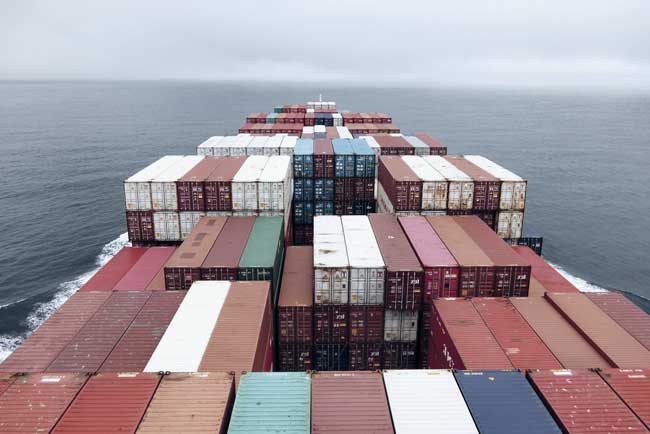
In general, LCL maritime transport has longer organizational times than FCL transport. Because several shippers will have to organize their own transport and load their goods in the same container, consequently proceeding with deferred loading/unloading operations and, therefore, using longer times.
What does impact on the choice of maritime transport by container?
In general, three types of benefits can be identified, for sea transport, compared to other types of shipments:
- lower costs: transport by sea can be cheaper than other methods, for example compared to air transport;
- minor restrictions: the transport of goods by sea is subject to fewer rules and restrictions, especially with regard to transport by air, with particular reference to the management of dangerous goods;
- greater load capacities: generally, any shipment exceeding 500 kg is transported by sea. The capacity of merchant ships is considerably higher when compared to any other shipping method.
Obviously, this also affects transport costs, which will mainly depend on the following factors:
- date of shipment;
- destination;
- date of departure;
- average maritime traffic at the time of departure.
In particular, the higher the latter, the higher the value and, consequently, the cost of shipments by sea, because the handling of goods will be more consistent.
However, maritime transport is one of the most used transports, for which thousands of containers and merchant ships are handled every year. The advantages in terms of cost, restrictions and load capacity make it the most suitable transport in the case of large quantities of goods.
THE PERFECT PACKAGING FOR MARITIME SHIPMENTS
When it comes to packing goods for sea shipments, you must resort to specific materials, the packaging.
The latter must ensure considerable protection from oxidation, atmospheric and water phenomena. All these factors could lead to chemical modifications of the goods themselves, to deterioration of organic substances, to breakage of some components and so on.
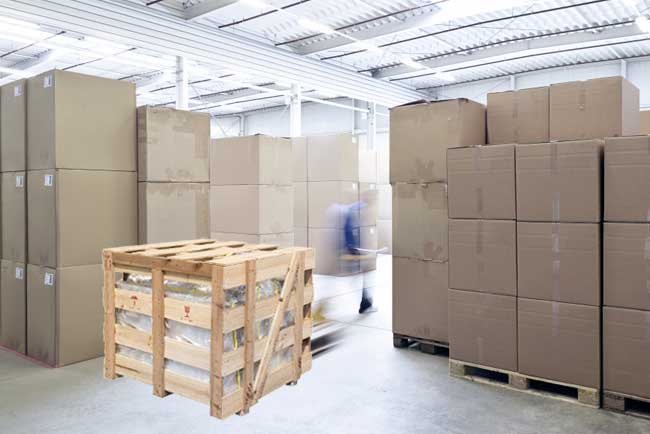
It is therefore essential to find a way to pack the goods, protecting and preserving them. Moreover, considering the volumes and weights involved, the materials to be used must guarantee a certain strength.
Generally, to prevent numerous problems, wooden crates or cages are preferred. This packaging allows for efficient storage of goods and can be combined in a smart way with other waterproof packaging, such as film and bubble wrap.
In practice, the best packaging for sea shipments is made with quality materials that are resistant to humidity and lacerations.
In addition, also dehydrating salts and anti-corrosion materials can be placed in the containers together with the goods. Even all those packaging materials designed specifically to make goods completely firm and stable can be useful.
Dangerous goods by sea. The rules on safe packaging
The legislation in the field of dangerous goods is very clear: for more than fifty years, the code in force at the international level has been the IMDG Code, drawn up by the IMO (International Maritime Organization).
The IMDG Code, whose acronym stands for International Maritime Dangerous Goods, is the international standard that serves as a reference for the transport of dangerous goods at sea. It is a well-structured panel of rules that uniformly list the modus operandi for all the countries participating in the organization.
The IMDG correspondents are:
- IATA/DGR for the transport of dangerous goods by sea;
- ADR for the transport of dangerous goods by road.
At a national level, in this case in Italy, the reference point is indicated by the Ministry of Infrastructure and Transport, which in the context of the transport of dangerous goods delegates its authority to the Port Authority.
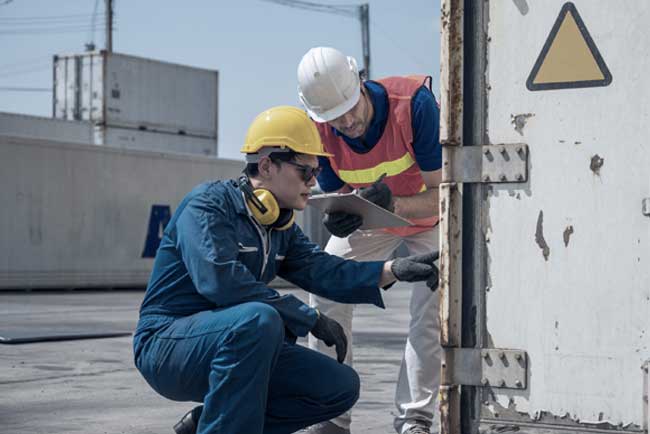
The reference laws in Italy are:
- the legislation dictated by Decree 481/2010, (procedures and test methods for the safety of packaging for the maritime transport of dangerous goods);
- the text of Ministerial Decree 265 of 2010 (list of products admitted to sea transport in packaging, intermediate containers and tanks);
- the Decree of the President of the Republic N. 134/2005.
The IMDG Code provides the rules necessary for the safe transport of dangerous goods by sea, such as those relating to packaging, hazard criteria, transport conditions, reporting of packages or transport units, the necessary documentation (such as the Multimodal Dangerous Goods Form), to transport vehicles, etc.
According to the Code, which is updated every two years, dangerous goods are distinguished on the basis of different classes and subclasses depending on the substances that compose them.
The sender, or forwarder, must first provide the data relating to the goods. Then, the class, the type of packaging and the ONU number. These data will be particularly useful in order to assess the risk and feasibility of the operations.
The documents that must be subsequently provided are:
- Safety Data Sheet: legal document drawn up by the manufacturer of the goods, which lists the health risks caused by incorrect handling of the product, the manufacturer's details and instructions for transport
- Multimodal for Dangerous Goods (Multimodal Form): specific document for the transport of dangerous goods by sea, intended for foreign and national ports, in which information is provided on the product and on the manufacturer, on the type of transport, on the means used, as well as on the journey taken.
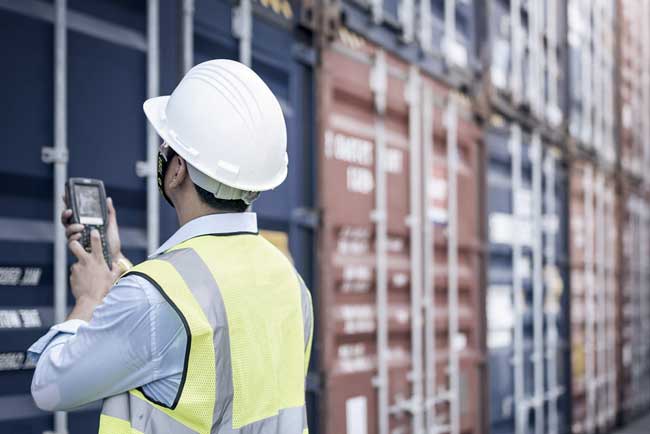
The final decision on the transport of dangerous goods is up to the shipping company. It will therefore be necessary to rely on experts in the sector who can carefully evaluate the type, danger and compatibility of the goods handled. Also, to guarantee a professional result regardless of the degree of dangerousness of the products transported.
WORLDWIDE MARITIME TRANSPORT: COMFORTABLE AND SAFE WITH TRASAUTO LOGISTICS
Relying on an integrated logistics company, such as Trasauto Logistica, can simplify the logistics process by improving planning, scheduling and, consequently, optimizing the budget to be used.
Because a recognized and reliable logistic partner can:
- ensure better long-term rates, thanks to access to homogeneous and comprehensive market information, through a large network of partners. Furthermore, working with many carriers and using technologically advanced tools can take advantage of a predictive type analysis;
- increase the visibility and monitoring of ports, aligning the various transport programs thanks to better and global digital traceability. Choosing the best routes and transit routes for goods and using digital tools for constant tracking of the routes;
- offer greater choice and flexibility, thanks to a larger carrier base, port grouping techniques and access to alternative transport options.
Trasauto Logistica has been successfully dealing with transport and specifically sea transport for over forty years, moving goods by sea, both with full containers and with groupage shipments, all over the world with direct services and with transhipment services.
Our experience allows us to manage, in a specialized way, even the exceptional transport of heavy and oversized goods and cargo in the hold on an intercontinental scale, with collaborations with the main shipping companies and direct contacts in over 150 countries to always identify customized solutions and respond to any type of request.
We take care of all stages of merchant transport, from planning to logistics and document management, from supervision to delivery.
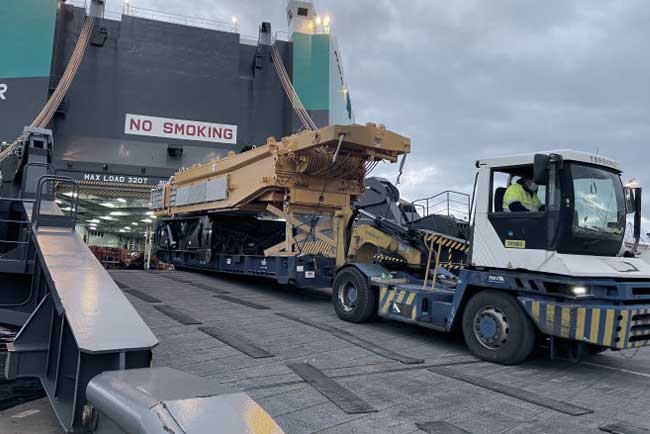
We provide standard and tailor-made vehicle transport services by sea, for all international shipping needs, direct services and services with transhipments, cross trade shipping abroad, container positioning of all types, stuffing and load securing operations.
Based on the type and quantity of goods, the route and destination, we select the ideal sea transport solution for times, costs and safety, without weight and volume limits.
Thanks to a close collaboration with the main shipowners and shipping companies, we work in ports all over Europe, from Genoa to Rotterdam and Hamburg, to name just a few, among the main landings. We guarantee regular container departures to the entire Mediterranean basin, Iceland, the British Isles, Central America and Asia.
Intermodal transport: combined land-sea transport
The advent of intermodal transport, already in the early 1950s, was fundamental to standardize the handling of goods as much as possible.
After the initial use of the pallet (or platform), the container offered the possibility of transporting the goods in a standard load unit. Easily transferable from one vehicle to another and without the need to handle the goods during the transhipment phases.
The term “intermodal maritime” refers to combined land-sea transport, which is very ductile and flexible. Able to meet the needs of a heterogeneous clientele.
The use of the highway of the sea offers greater range and less costs related to loading, unloading, documentation, organizational costs.
This type of transport combines in an optimal way different systems, heavy vehicles and for navigation. In this way the trucks (for traction at departure and at destination) will ensure maximum flexibility in collection and widespread distribution for delivery and the ships (for long distances) will ensure efficient, reliable and also eco-friendly transport.
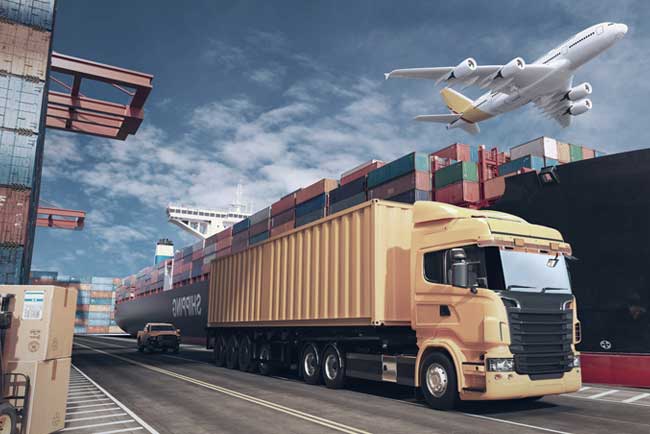
Therefore, the Intermodal Transport solution is a very flexible shipping method. Because it allows to move any type of goods and profit of the advantages of the different means of transport, from the capacity and sustainability of the train to the affordability of the ship, from the speed of the plane to the convenience of door-to-door delivery of road transport.
The strengths of this type of transport can be summarized in:
- Efficiency. It maximizes the advantages of the different modes of transport, optimizing the time and costs of transferring goods,
- Safety. The absence of handling of the goods during the journey, to transfer them to other loading units, guarantees a lower risk of any damage to the content;
- Convenience. Intermodal transport is often cheaper than different transport purchased individually;
- Sustainability. Intermodal transport reduces carbon dioxide emissions by 55% compared to road transport. Establishing itself as one of the most ecological types of transport with a lower impact on the environment;
- Control. The need to respect a travel schedule between different vehicles allows for continuous tracking of the goods.
If you are looking for a partner to entrust your sea shipments by container, Trasauto Logistica is the right choice. We can offer you customized and tailor-made solutions for you.
Fill in the contact form and request a free quote.
------------------------
Or, for personalized assistance, you can call the offices in Italy at: +39 (0)828 1818150
or request more information also by e-mail: info@trasauto.com
Articles
Related
A MASSIVE SHIPMENT OF CARS ON…
Multimodal transport, in particular for the Italy-USA route, combines road…
EXPORT OF ESCARGOT ON THE FRANCE-IRELAND…
Our escargot transport service, particularly for the France-Ireland route, is…
MOVING A SUPERCAR ON THE FRANCE-MOROCCO…
Our Supercar transport service, particularly for the France-Morocco route, is…
THE TRANSPORT OF MEDICINES FRANCE-FLORIDA. ECONOMY…
Intermodal transport is an extremely flexible and cheap transport method,…
COMBINED FRANCE-CANADA TRANSPORT OF VINTAGE CARS.…
Using the services of Trasauto Logistica, in particular, when you…
INTERMODAL TRANSPORT TO AND FROM THE…
A long and complex journey, from France to America, always…
LUXURY TRANSPORT IN THE MIDDLE EAST.…
Depending on the routes, the timing, the necessary documentation, the…
CAR TRANSPORTER RENTAL FOR VEHICLE TRANSPORT.…
Investigation of the reference market, request for an estimate, vehicle…
PERISHABLE GOODS. WHAT ARE THEY AND…
Perishable goods include short-life food and pharmaceutical products. To avoid…
TRANSPORT OF VEHICLES AND BULKY OBJECTS:…
The transport of bulky vehicles and objects is an exceptional…
CAR TRANSPORT, HOW TO CHOOSE AND…
Car transport with car transporters has obvious organizational and economic…
HAVE YOUR ACCIDENTED CAR TRANSPORTED
When collecting and delivering an accidented or non-running car, it…
THE TRANSPORT SECTOR ADAPTS TO RENEWABLE…
When we think of building a more sustainable future, we…
THE TRANSPORT OF THE FUTURE: AN…
When it comes to the transport of the future, a…
BEFORE SHIPPING A VEHICLE. GUIDE AND…
To one’s own advantage and to the transporters’ who will…
HEALTHY EATING AND TRUCK DRIVERS. IS…
The importance of road transport for society and the economy…
LUXURY CAR. WHEN THE CAR IS…
The cost of the transport of a luxury car, with…
PROFESSION TRUCK DRIVER. FIND OUT THE…
Over the years, logistics has acquired great importance in the…
SUPERCAR: WHEN LUXURY HAS NO LIMITS
What to do if our supercar should reach a location…
EXCEPTIONAL TRANSPORT: EVERYTHING YOU NEED TO…
Out-of-gauge goods and materials, loads of dimensions and weight exceeding…
Subscribe
Newsletter
Subscribe to our newsletter to stay in touch.

